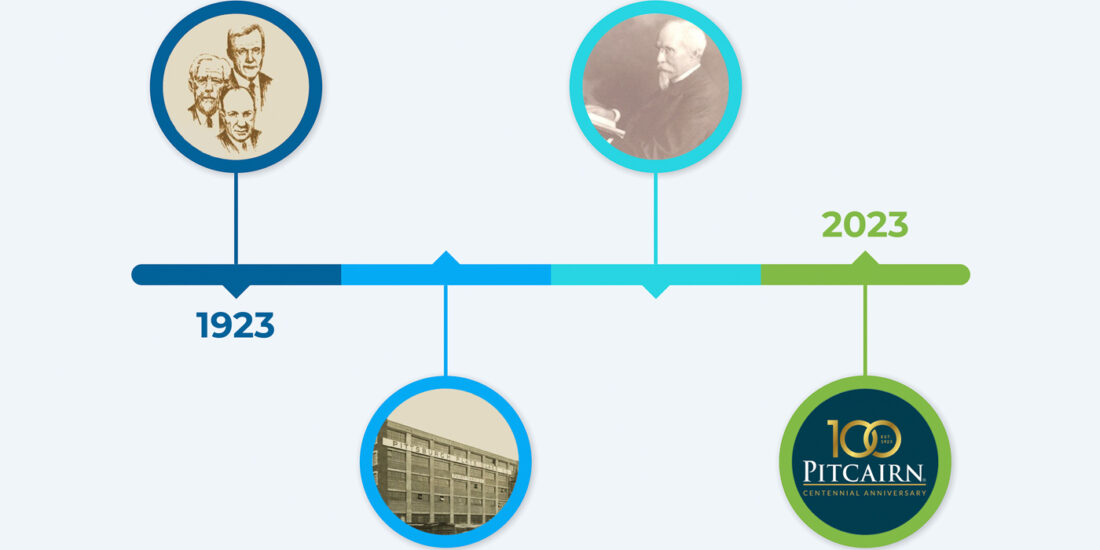Thanks to Elaine King and Mariana Martinez for following up on last year’s conference theme of “Myths and Realities” with Myths and Realities about Culture and Families: Examples of Latin families.
Culture is often thought of as a set of fixed, rigid, unchangeable characteristics belonging to a group in a specific geographic area. People exhibit this view with comments such as “this is an Asian family” or “this is a Middle Eastern family,” assuming that this description is enough to explain much of an individual’s behavior and how a family functions. However, if the concept of culture is to be useful in understanding families, advisors need to realize that culture is a dynamic variable that interacts with other variables such as multigenerational process, levels of maturity in a family group and changing contexts.
Culture is a set of worldviews, values and adaptive behaviors derived from simultaneous membership in a variety of contexts, including nationality, ethnicity, religion, social class, level of education, migratory pattern and generation (historical moment). Falicov (1988) suggests that the unique set of influences derived from the combination of contexts in which the family belongs represents a “cultural niche.” Each family develops a particular cultural niche that, if looked at closely, is like no other and needs to be treated on a case-by-case basis.
In order to give culture its proper dimension, it is necessary to clarify some widespread myths about its impact on the day-to-day life of a family. As with any myth, these ideas, believed by many people have some truth in them, but are not precise. Three myths discussed below are illustrated with examples of high-net-worth families in Latin America that receive services in a multi-family office.
Myth 1: “All Latin families share values in relation to gender roles. Women are in charge of rearing children and caring for the household, while men are involved in the world outside of the home and in creating wealth.”
Reality: It is true that there is a tendency for Latin families to value the role of women in relation to childrearing and homemaking, yet, there are important differences in the way in which families exhibit this value with significant implications for the organization of the family system.
For example, in the early days the C family had a business that was far from home and where most men in the family worked. The presence of women at home was key to the survival and cohesion of the family. The new generation stated in its business protocol that women are not to be part of the business while they were raising their children. This rule does not apply to the men in the family.
In contrast, in the P family women are expected to participate in the business early on in their careers. In past generations women were central to the creation of wealth and that shaped the role of women in the family. The P family’s business protocol includes provisions to facilitate mothers’ involvement in the raising of their children while working in the business.
This example shows how the same cultural value is expressed differently in each family. The cultural value alone is not enough to explain the behavior of these families. It is necessary to incorporate the multigenerational history to explain the variation.
Myth 2: “Individuals of Latin descent are passionate, expressive, loud, physical, and wear their feelings on their sleeves.”
Reality: While there is a tendency for individuals of Latin descent to be emotional, such tendency may be manifested at different levels of intensity and may be more or less adaptive depending on the level of psychological maturity of the individuals.
For example, members of the B family express their feelings openly. During family meetings they spend most of the session dealing with the flow of emotions. Often, little is accomplished during meetings because so much energy is devoted to expressing feelings, lots of tears are shed and heated arguments emerge easily.
In contrast, the V family is warmhearted and welcomes emotional expression, but they deal with them calmly. They explicitly consider the importance of people’s feelings. For instance, they added a statement in the family governance document that states that “people’s feelings are to be considered when making decisions.” They include emotions in their conversation, but they don’t allow the emotions to “run the show,” so they are usually able to accomplish the goals set for their meetings.
The difference between these two families highlights how a typical cultural manifestation (being “emotional”) varies greatly from family to family. To say that a behavior is accounted for by culture is not enough to understand how it is manifested and its impact in the functioning of a family.
Myth 3: “Latin families behave similarly across time and place.”
Reality: There is evidence that families adapt and change when they face new demands and contexts, even if they maintain the “cultural flavor.”
The M family has transformed the way it approaches philanthropy while its interests and goals remain “typically Latin.” This particular family thinks that the best way to give back to the community is by supporting the Catholic Church through its community programs. Previous generations of the M family tended to have a more reactive – emergency-based – type of giving. For instance, they were generous with the Church when an earthquake hit their town.
In contrast, the new generation of the M family, influenced by new information about social impact and social change, decided to continue participating but in a different way. They became actively involved in projects measuring the impact of their interventions and favoring long-term projects over short-term relief actions. With regard to their philanthropic activities, the “spirit” of the family remained the same, but the new generation changed the style in a fundamental way.
Culture is an important factor to consider when working with families. In an effort to understand families, consultants benefit from being aware of values and common practices derived from a family’s belonging to a cultural group. Nevertheless, this consideration becomes more meaningful if culture is conceptualized as a variable that interacts with other variables such as multigenerational transmission, level of psychological maturity and context. In short, the culture of a family cannot be seen in isolation or used as the sole explanation of behavior. A family’s cultural niche, in combination with its unique history, relational patterns, and context offers a better roadmap to comprehend behavior, dilemmas and opportunities.
Falicov, C. (1988). Mexican families. In M. McGoldrick, J. Pearce, & J. Giordano (Eds.), Ethnicity and family therapy (pp.134-162). New York: Guildford Press.
About the contributors
 Elaine King, CFBA, is partner and director of family education and governance with WE Family Offices in Miami. She works with clients to establish channels of communication, identify the specific needs of each client family, and create custom solutions that will support and strengthen its wealth enterprises. Elaine is a member of the Miami Advisory Committee for the global conference. She can be reached at [email protected].
Elaine King, CFBA, is partner and director of family education and governance with WE Family Offices in Miami. She works with clients to establish channels of communication, identify the specific needs of each client family, and create custom solutions that will support and strengthen its wealth enterprises. Elaine is a member of the Miami Advisory Committee for the global conference. She can be reached at [email protected].
 Mariana Martinez, CFWA, is a clinical psychologist with Bethesda Family Therapy and coordinator of the family clinic at the Bowen Center for the Study of the Family in Washington, DC. She is the author of La teoría familiar sistémica de Bowen: avances y aplicaciones terapéuticas (McGraw Hill), the first book published in Spanish about recent developments in Bowen theory. Mariana can be reached at [email protected].
Mariana Martinez, CFWA, is a clinical psychologist with Bethesda Family Therapy and coordinator of the family clinic at the Bowen Center for the Study of the Family in Washington, DC. She is the author of La teoría familiar sistémica de Bowen: avances y aplicaciones terapéuticas (McGraw Hill), the first book published in Spanish about recent developments in Bowen theory. Mariana can be reached at [email protected].





